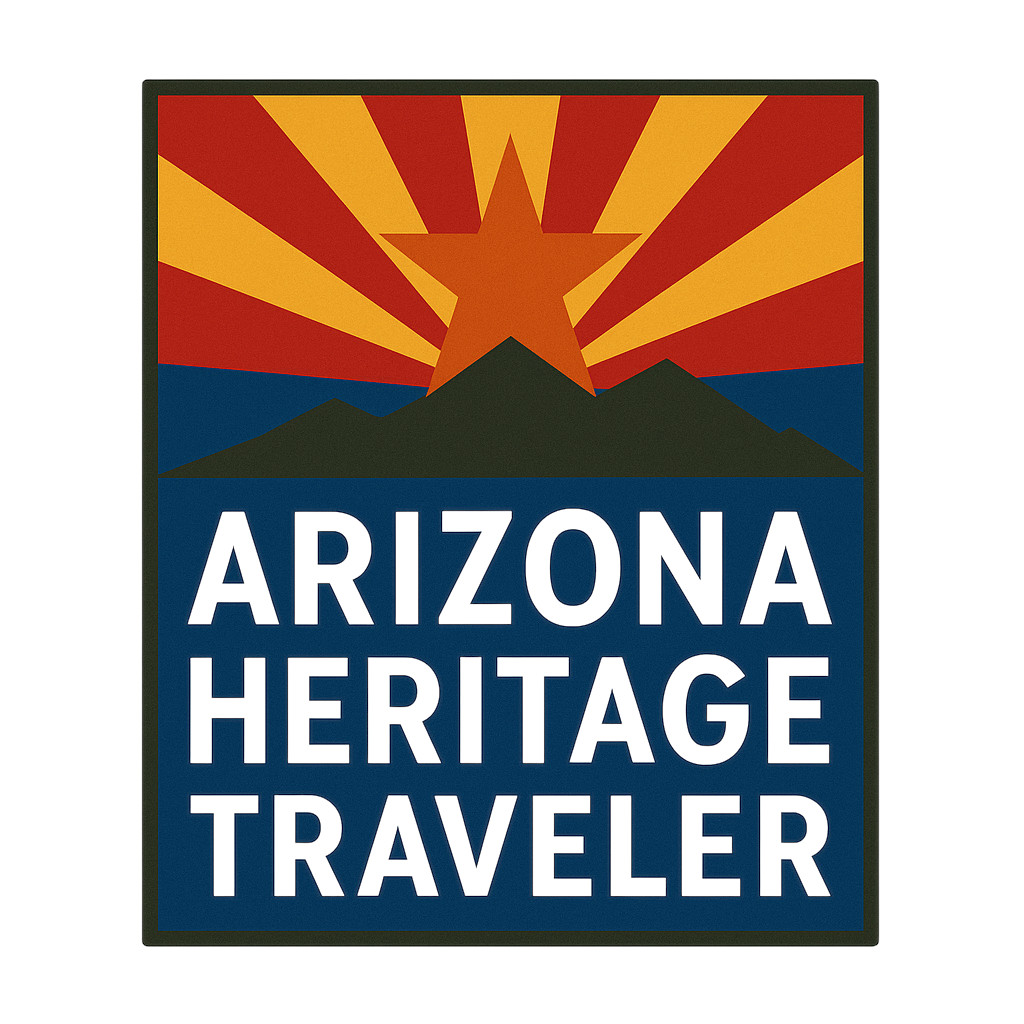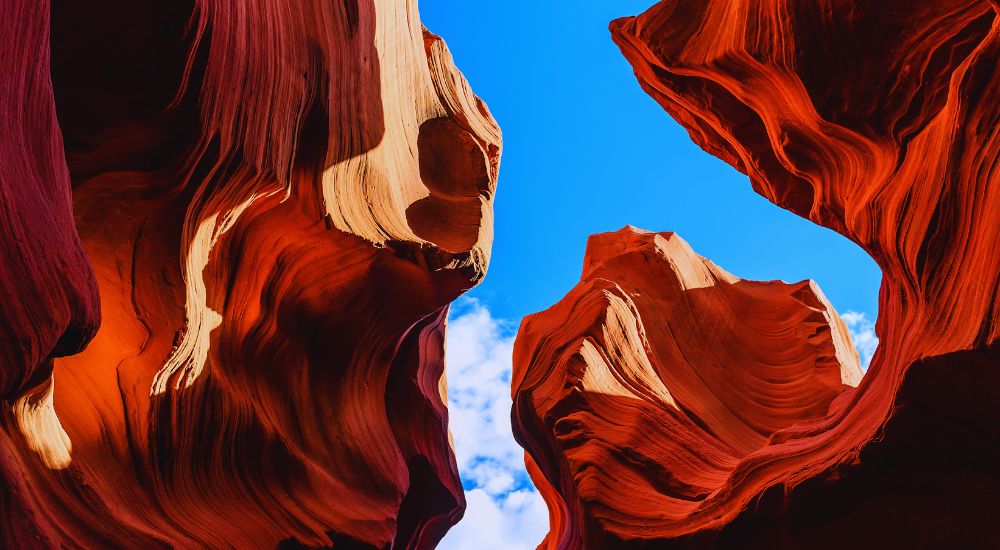Nestled near Page, Arizona, Antelope Canyon is a mesmerizing slot canyon renowned for its wave-like sandstone formations and ethereal light beams. Carved over millennia by flash floods and erosion, this natural wonder offers visitors a surreal experience of nature’s artistry. Whether you’re an avid photographer or a curious traveler, Antelope Canyon promises an unforgettable journey into the heart of the Navajo Nation.
Understanding Antelope Canyon’s Sections

Antelope Canyon comprises two primary sections: Upper Antelope Canyon and Lower Antelope Canyon.
- Upper Antelope Canyon: Known as “The Crack,” this section is more accessible with a flat, sandy floor, making it suitable for all ages. It’s famed for the light beams that penetrate its narrow openings, especially during midday.
- Lower Antelope Canyon: Referred to as “The Corkscrew,” this section is narrower and requires climbing stairs and navigating uneven terrain. Its winding pathways and unique formations offer a more adventurous experience.
Both sections are located on Navajo land and require guided tours for access. For a comprehensive list of authorized tour operators, visit the Navajo Nation Parks & Recreation.
Best Times to Visit


Timing your visit can enhance your experience:
- Midday (10:30 AM – 1:30 PM): Optimal for witnessing the iconic light beams in Upper Antelope Canyon, especially from March to October.
- Early Morning or Late Afternoon: Ideal for softer lighting conditions, which can be preferable for photography in Lower Antelope Canyon.
Note that tours are available year-round, but the intensity and angle of sunlight vary with the seasons. For detailed information on tour timings and lighting conditions, refer to Antelope Canyon Tickets FAQ.
Booking Your Tour

Access to Antelope Canyon is exclusively through guided tours operated by authorized Navajo tour companies. It’s advisable to book in advance, especially during peak seasons.
Upper Antelope Canyon Tours:
Operators like Antelope Canyon Navajo Tours offer guided experiences that highlight the canyon’s unique features.
Lower Antelope Canyon Tours:
Companies such as Ken’s Tours provide informative tours through the winding passages of the lower canyon.
Tour prices vary based on the time of day and the specific package chosen. Some operators also offer combination tours that include nearby attractions like Horseshoe Bend.
Photography Tips

Capturing the beauty of Antelope Canyon requires some preparation:
Equipment:
While professional cameras can capture stunning images, smartphones with good low-light capabilities also perform well.
Settings:
Use a higher ISO setting and a wider aperture to accommodate the canyon’s varying light conditions.
Guidance:
Tour guides often provide tips on the best spots and angles for photography.
Remember to respect the environment and follow all guidelines provided by your tour operator.
Nearby Attractions


While in the Page area, consider exploring other natural wonders:
Horseshoe Bend:
A short drive from Antelope Canyon, this meander in the Colorado River offers breathtaking panoramic views.
Lake Powell:
Ideal for boating, fishing, and water sports, this reservoir provides a refreshing contrast to the desert landscape.
Travel Tips

Attire:
Wear comfortable clothing and sturdy shoes suitable for walking on sandy and uneven surfaces.
Hydration:
Carry water, especially during warmer months, to stay hydrated.
Respect:
Antelope Canyon is a sacred site for the Navajo people. Always follow your guide’s instructions and show respect for the land and its cultural significance.
Conclusion
Antelope Canyon stands as a testament to nature’s artistry, offering visitors a glimpse into a world sculpted by time and elements. By planning ahead and respecting the site’s cultural importance, you can ensure a memorable and enriching experience.

